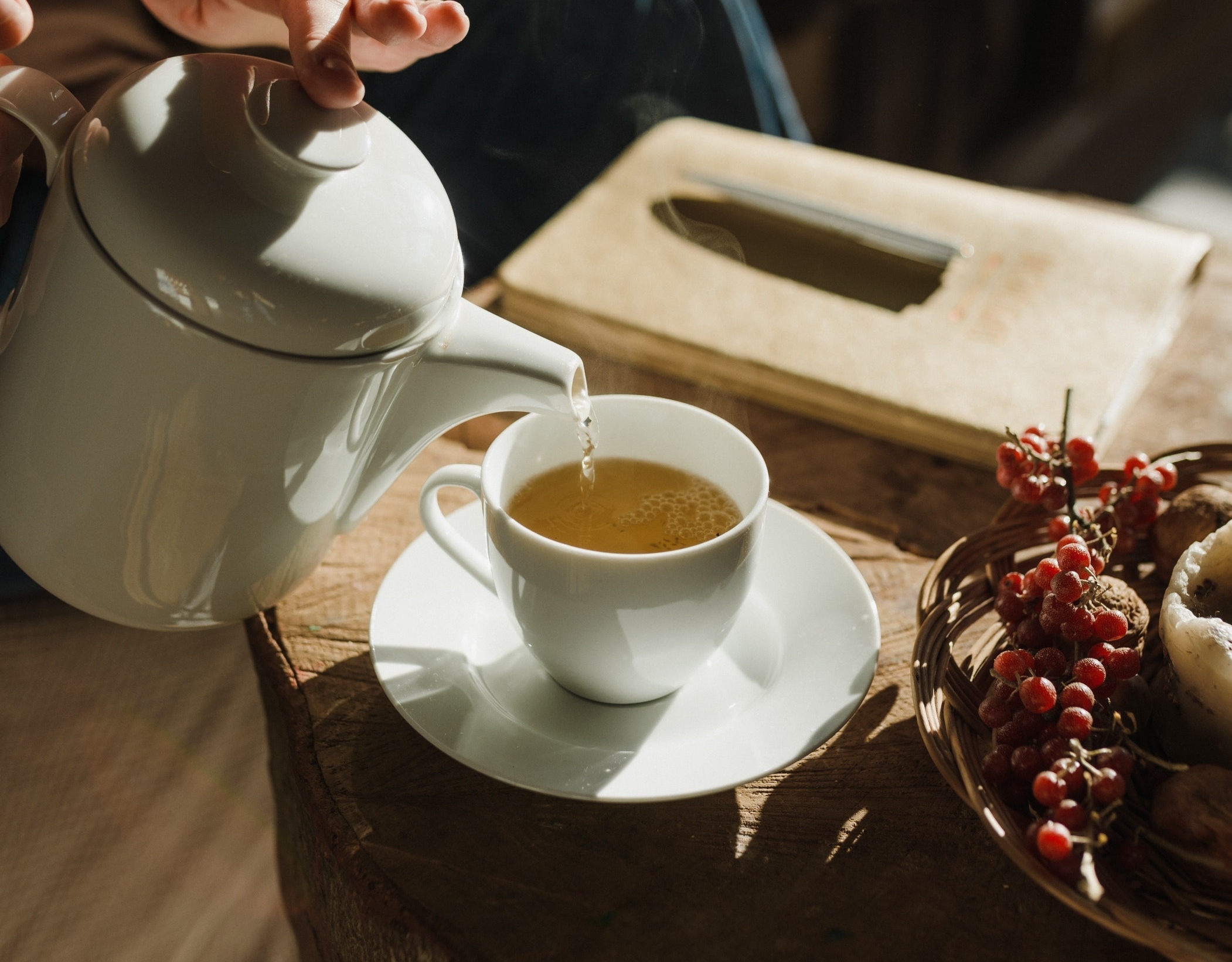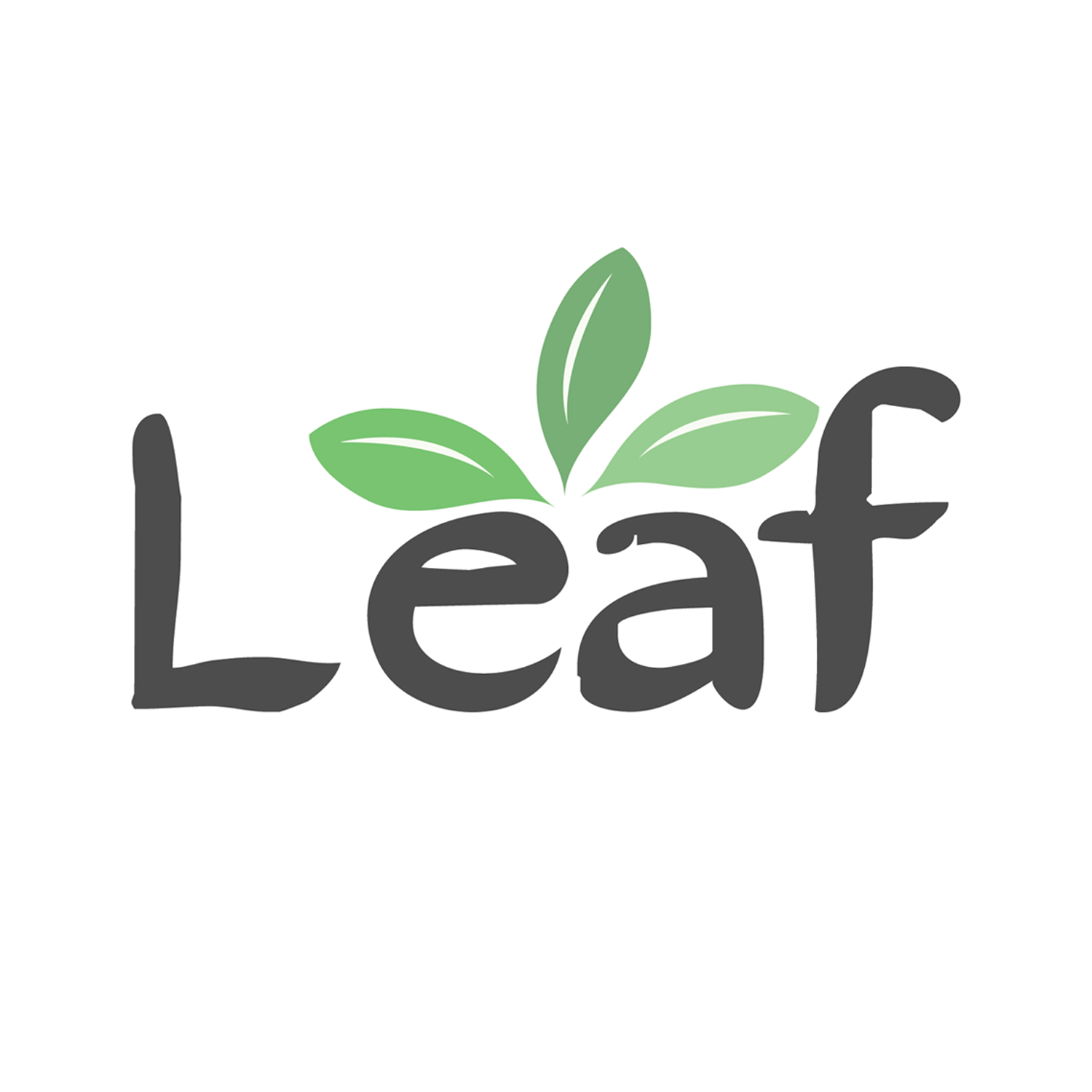What is Tea?
Tea is the second most popular beverage in the world, behind water. Tea is brewed using dried and processed tea leaves in hot water. Loose leaf style is considered the traditional form of brewing tea, but most people will recognize the iconic shape of a tea bag. It’s an aromatic beverage that can be enjoyed hot or cold. Depending on the blend, tea is well known to provide energy or to calm nerves and destress. Tea comes in a variety of flavors, with its legendary origins steeped almost three thousand years ago. The tea plant has its origin in Southeast Asia, but it has affected cultures around the world.
The History of Tea:
An ancient Chinese legend tells the origins of the tea leaf. The mythical Chinese ruler, Shennong, was boiling a pot of water. As the fire burned below the water, medicinal leaves were carried up and into the water. When Shennong tasted the tea, he could immediately see the value. This legend dates back to around 2500 BCE. Shennong is an interesting character throughout Chinese mythology. He was the discoverer of many early herbal remedies, by testing the effects of hundreds of plants on himself. Legend states that he had a transparent body, and could see the effects of herbs inside his body.
Whether or not Shennong could actually see the tea flow through his body is a mystery of the past. However, the tea plant was cultivated throughout ancient China during the BCE era. Tea became a practice of buddhists, who would drink the beverage to maintain alertness throughout meditation. As Buddhism spread throughout Southeast Asia, so did the practice of tea drinking. Around 762 AD, tea had spread into Japan, Korea, and Vietnam. As the popularity of tea grew among the noble classes in Japan, tea ceremonies became ingrained into culture. The ceremony is meant to be a kind of transformative practice, combining buddhist teachings and meditation techniques with a new kind of aesthetic called wabi-sabi. Wabi referred to the inner spirit of humanity. While sabi refers to the perfection of the material world. A tea ceremony focused largely on the perfection of these states.
In the 1600’s tea was traded to Europeans for the first time, gaining popularity among Dutch traders. At first, tea didn’t catch on in England, but when Queen Catherine came to power, she made tea drinking trendy. Before this, tea had been considered a medicinal beverage among the English. But the Queen had made tea a staple of her afternoon diet, and tea time swept the nation.
During this time, the only source of tea in the world was coming from China. The country kept strict regulations on how tea was traded. They would only trade to England for silver, not goods or commodities. Additionally, China kept the cultivation and processing of the tea tree a closely guarded secret. As England began consuming more and more tea, they began to run out of silver to trade away. Their solution was to begin growing opium in India and selling it illegally to Chinese citizens for silver. This led to an opium epidemic among Chinese citizens, and eventually a war between the two nations.
In the 1800’s England sent a botanist, named Robert Fortune, undercover to China to steal the secret of the tea plant. Over the course of years, Fortune infiltrated the nation, and smuggled out hundreds of seed varieties and live plants as well as the knowledge to process tea. Although Fortune was not the first to steal these samples, he was the most successful. After England’s espionage, the tea production industry grew to other areas of Asia.
On the other side of the globe, the famous Boston tea party was occurring around the same time. American colonists, who wanted independence from the British crown, ransacked a tea trader docked in the Boston harbor. The colonists dumped 92,000 pounds of tea into the harbor, making for a salty cup of Earl Gray. This act of rebellion would go on to inspire the revolution and leave a stigma for tea drinking in America for years to come. The beverage became less popular, and more people took to drinking coffee.
In the last century, tea has seen an increase in popularity among Americans though. The invention of the tea bag came from American innovation. As well as the growing market of herbal teas and its medical application.
Variety of Tea Blends:
Traditional tea comes in four different varieties, green tea, black tea, oolong tea, and white tea. Despite the major differences in flavor and appearance, all four varieties come from the same tea plant, Camellia sinensis. The tea plant is an evergreen shrub, with a bushy form, green leaves, and white-yellow flowers. The leaves are harvested at different times depending on the type of tea being brewed. During processing, the leaves lose about 80% of their weight. So it takes five pounds of tea leaves to make one pound of tea.
The key difference between green and black teas come down to the oxidation process. Green teas are not allowed to wilt or oxidize before being dried and blended. Black teas are wilted and oxidized with heat before being dried and blended. Oolong teas are partially oxidized and wilted before being dried. White tea undergoes the little to no oxidization and processing.
Herbal teas have a more recent process history. Instead of using the common tea plant, herbal teas use a variety of herbs, spices, and other plant material to infuse into water. Some examples of this include chamomile, rooibos, and hibiscus. Herbal teas usually don’t contain caffeine. Instead they offer other health benefits and are often quite delicious.
The Benefits of Tea:
Tea provides numerous health benefits. Unlike coffee, the energy provided by green tea is generally reported to be a less jittery, calm energy. This is possibly due to the presence of L Theanine in tea. This chemical compound has shown to actually reduce stress and anxiety when combined with caffeine. Tea also naturally contains a compound called EGCG. This compound is currently being researched for its ability to battle cancer cells.
Black teas have been long considered a digestive aid. Chai tea helps regulate the digestive system to maintain a healthy gut environment. One of the key spices in chai tea is ginger, a radish-like root. Ginger is known for its ability to reduce nausea and has been used throughout history for symptoms ranging from sea sickness to nausea during pregnancy. Ginger is reported to increase satiety and reduce the feelings of hunger. In addition to helping soothe the stomach, ginger can improve circulation and oxygen delivery to tissues. Earl Grey tea aids in digestion and is known to relieve constipation, acid reflux and promote the clearing of intestinal infections. Similar to Chai tea, Earl Grey also contains a high number of antioxidants capable of destroying free radicals, thus reducing oxidative stress and cellular damage.
Herbal teas and tea blends add a variety of other classic remedies. Studies have shown that Chamomile tea promotes a healthy and efficient immune system, fighting off harmful bacteria and boosting the immune system as a probable preventive measure. Chamomile tea has shown to help ease anxiety and depression, and many women use it to reduce menstrual pain. Chamomile teas can help ease nasal congestion and can soothe the throat. Recent studies have shown that daily cups of chamomile tea can help to regulate blood sugar levels.
Lemon is rich in vitamin C, a nutrient that is packed with antioxidants and has immune boosting properties. Lemon and ginger are both excellent at fighting infections, shortening the duration of cold, cough, flu, and protecting the body from infections like salmonella. Vitamin C also promotes proper flow of blood through the arteries and veins and prevents blood clots. This significantly reduces the risk of heart attacks and strokes. Ginger is known to enhance blood circulation and help prevent cardiovascular diseases. The lemon ginger combination can help reduce a variety of pain and symptoms.
Learn more about the individual blends of Leaf Teas here.
CBD Teas:
In addition to these storied herbal remedies, additional research and innovations are premiering in the world of CBD. CBD is currently prescribed to treat certain forms of epilepsy. As a supplement, it is being used to treat various forms of anxiety, stress, and depression. Most users describe CBD as lowering the volume of the world. Not a cure-all, but another tool to navigate the stresses of modern society.
Leaf Tea Company offers high quality tea blends with the highest standard for CBD delivery, water soluble. This gives Leaf Tea the highest bioavailability currently available for CBD. Meaning that more CBD is absorbed by the body, increasing its effectiveness. CBD does not share the same psychoactive properties as THC. Early research has shown CBD to be a powerful supplement for a variety of treatment options for a healthier living. CBD by itself does not cause the same “high” as THC. Read more about CBD in this blog post.
To read the full article, click here.

